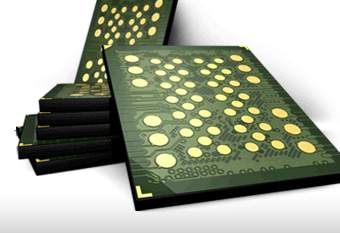Intel and Micron have successfully sampled the first batch of 3-bit-per-cell (3bpc) NAND flash memory produced with 25-nanometer (nm) process technology.
The new 64-gigabit (Gb) 3bpc on 25nm memory device offers significantly higher storage capacity for USB, SD (Secure Digital) flash card and consumer electronics devices.
“Designed by the IM Flash Technologies (IMFT) NAND flash joint venture, the 64-Gb, or 8 gigabyte (GB), 25nm lithography stores three bits of information per cell, rather than the traditional one bit (single-level cell) or two bits (multi-level cell),” explained Intel VP Tom Rampone.

“[As such], the device is 20 percent smaller than the same capacity of Intel and Micron’s 25nm MLC, which is currently the smallest single 8GB device in production.
“[Such] small form-factor flash memory is especially important for consumer end-product flash cards given their intrinsic compact design.”
According to Rampone, the die measures approximately 131mm2 and comes in an industry-standard TSOP package.
“With January’s introduction of the industry’s smallest die size at 25nm, quickly followed by the move to 3-bit-per-cell on 25nm, we continue to gain momentum.
“We plan [on] using the design and manufacturing leadership of IMFT to deliver higher-density, cost-competitive products based on the new 8GB TLC 25nm NAND device.”






